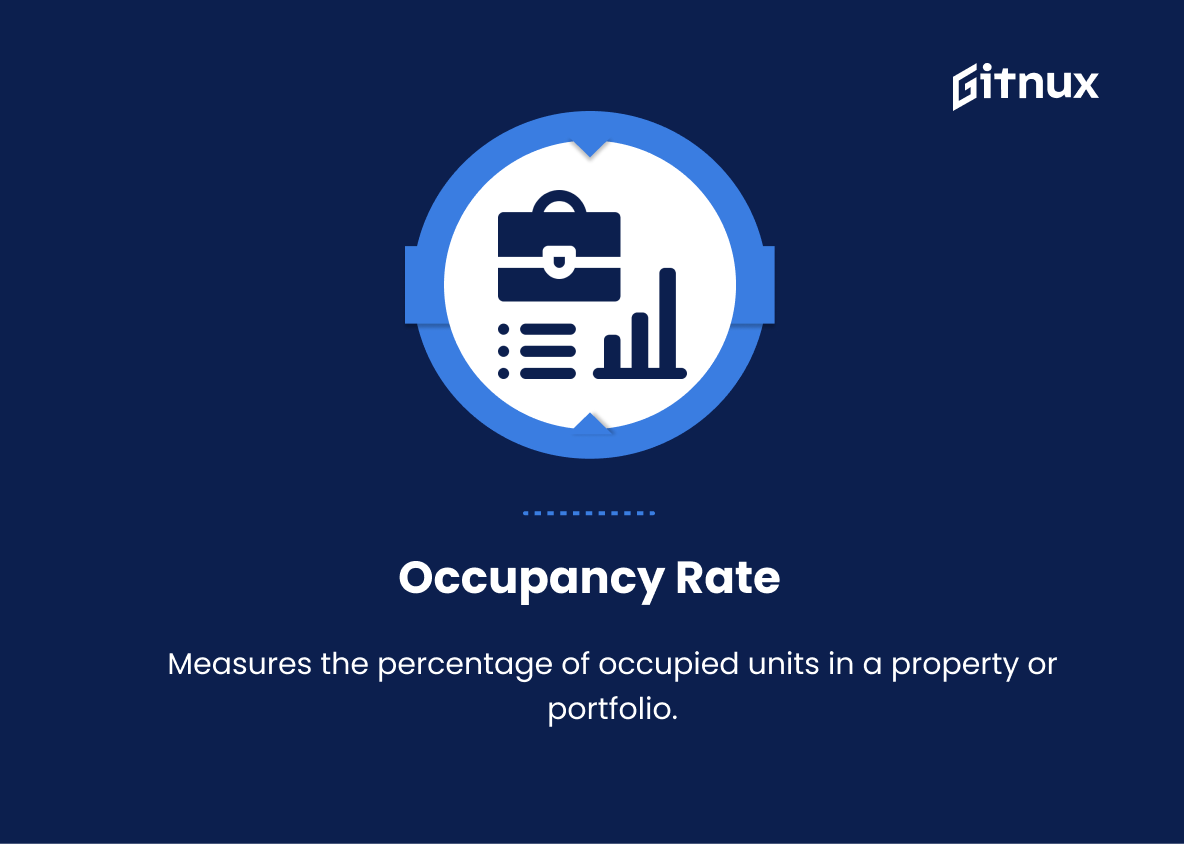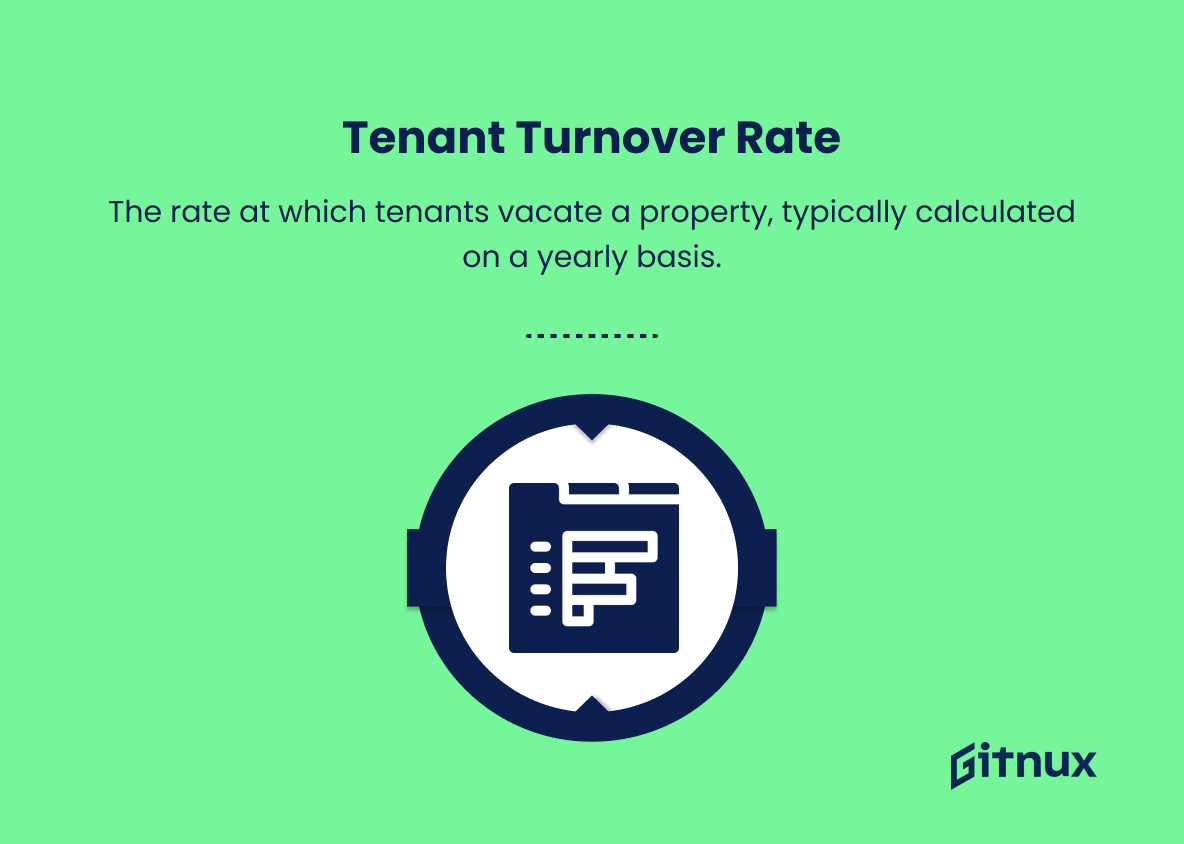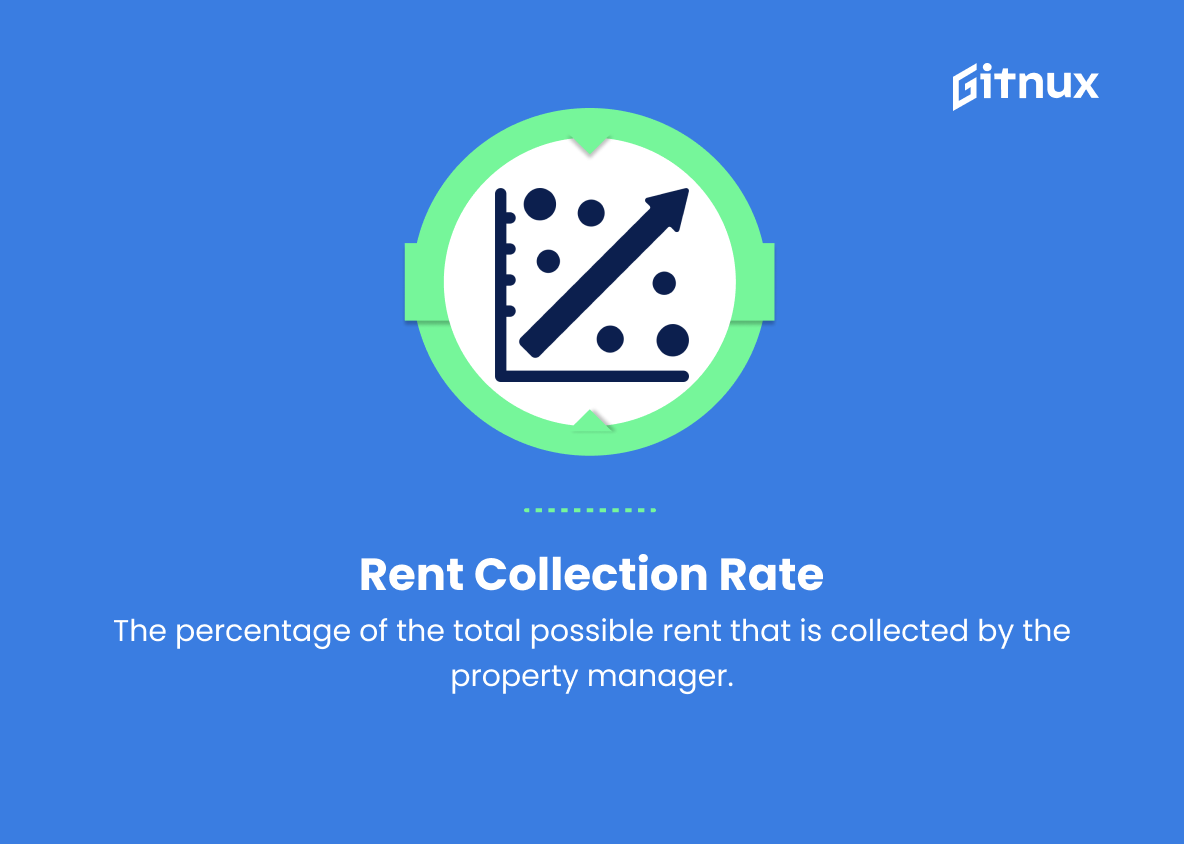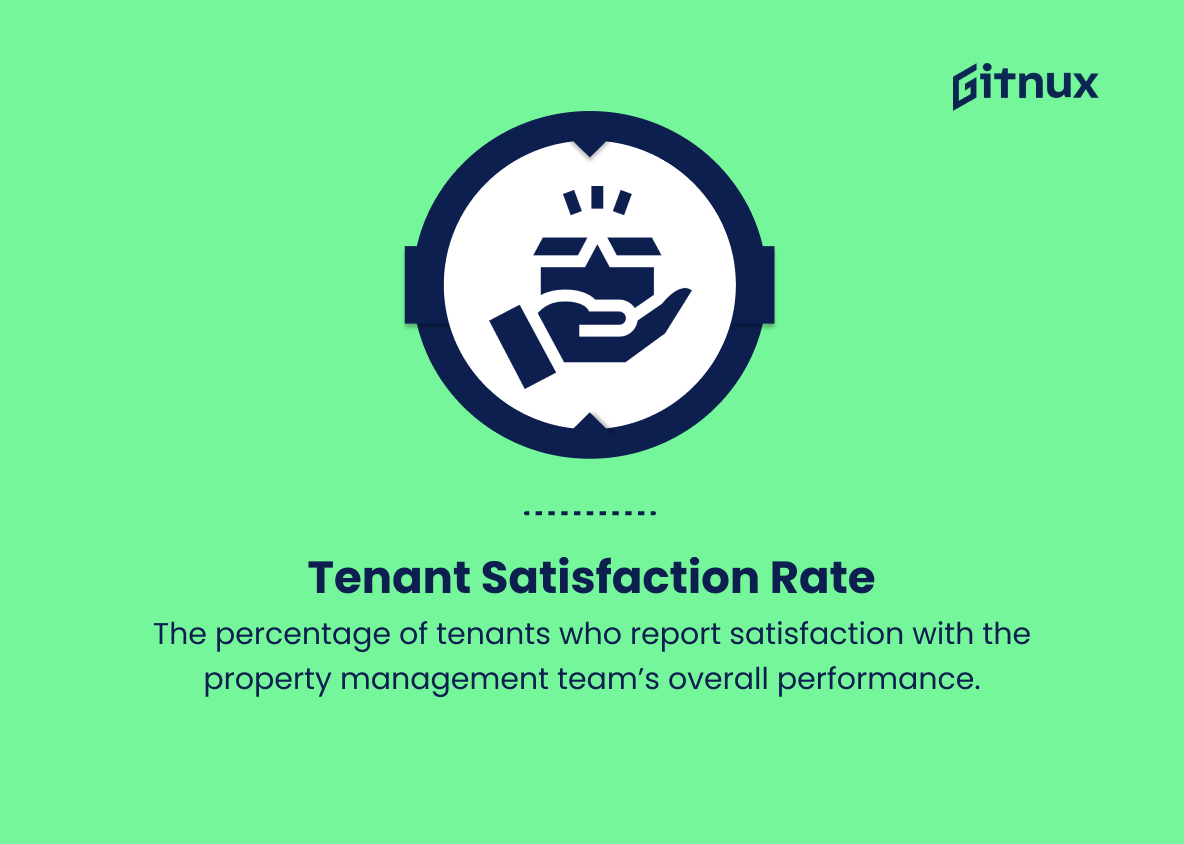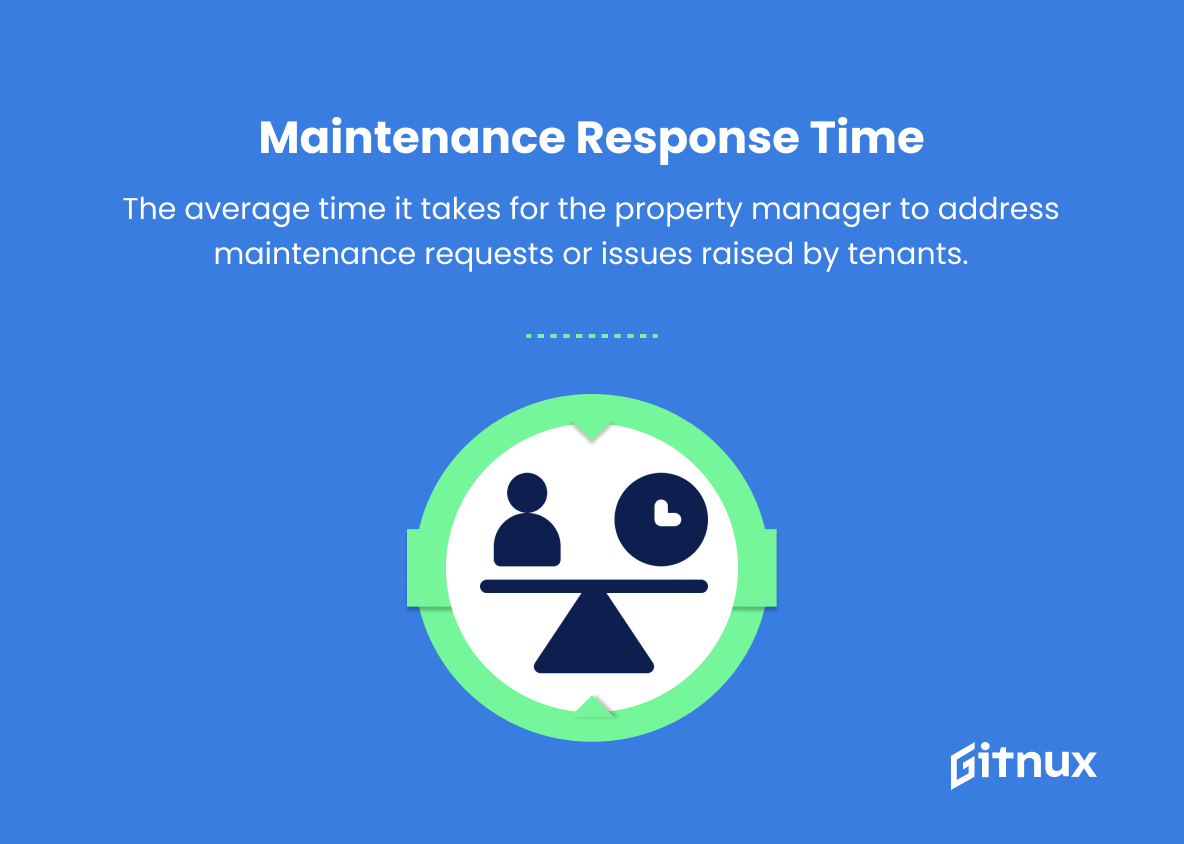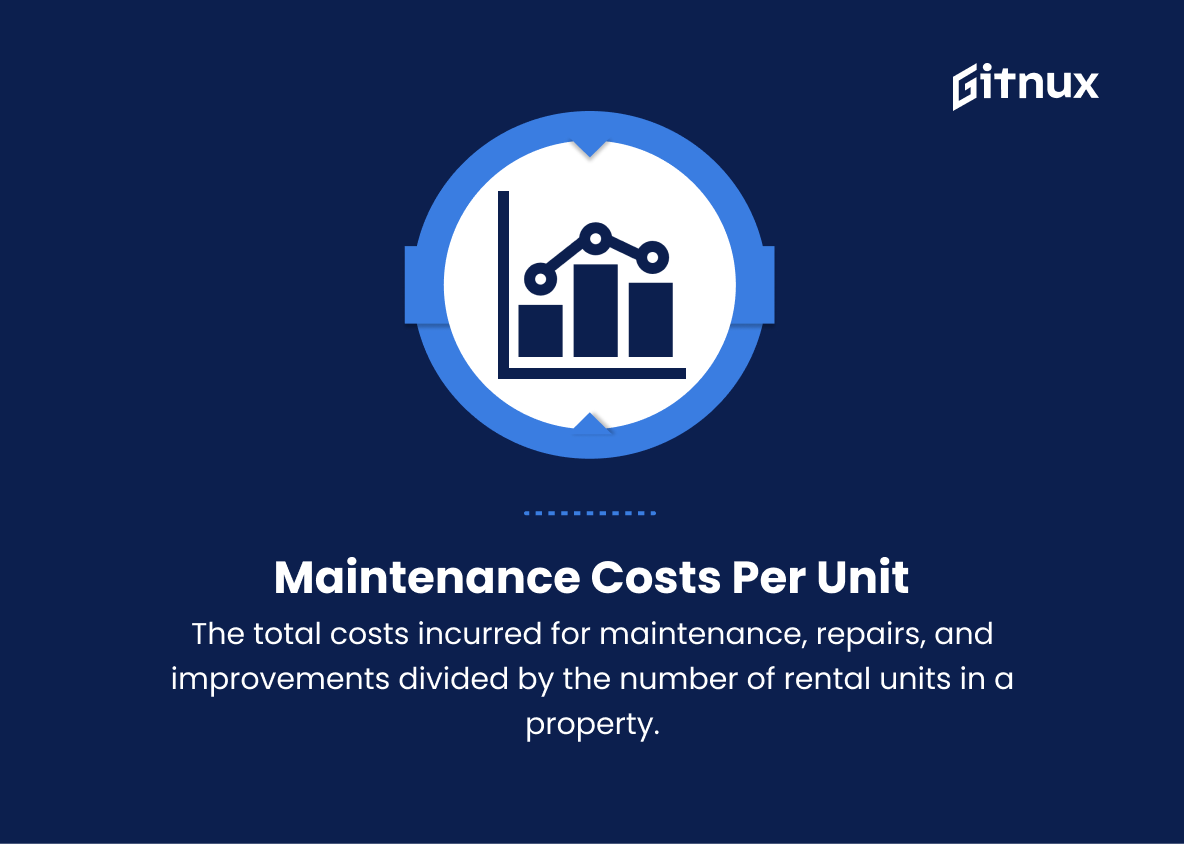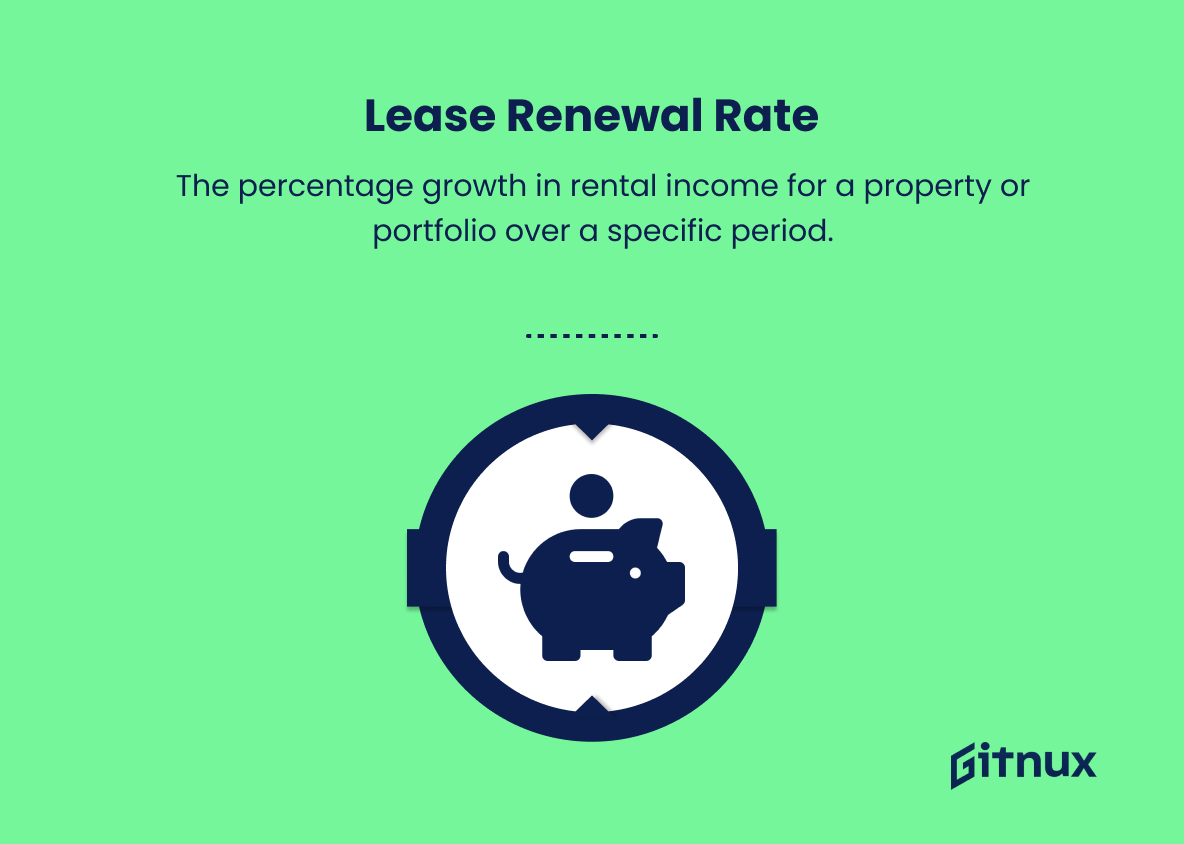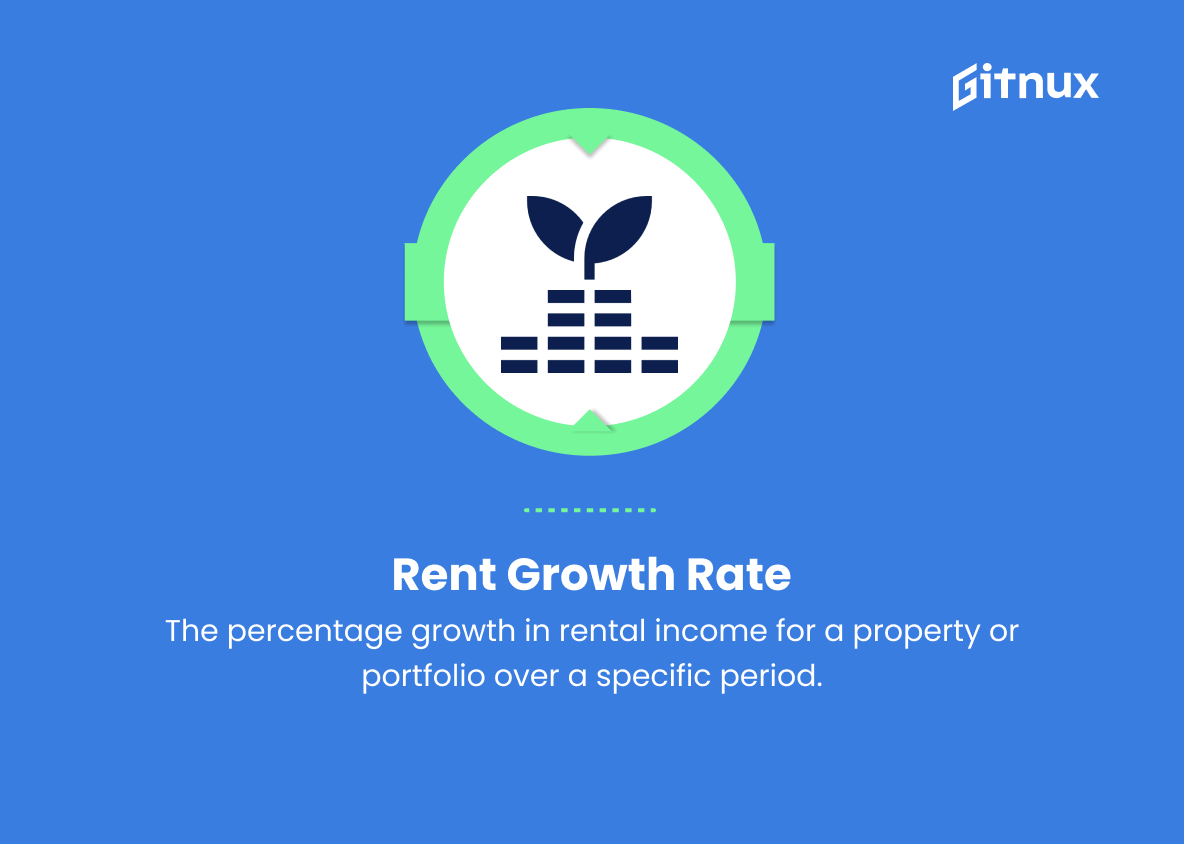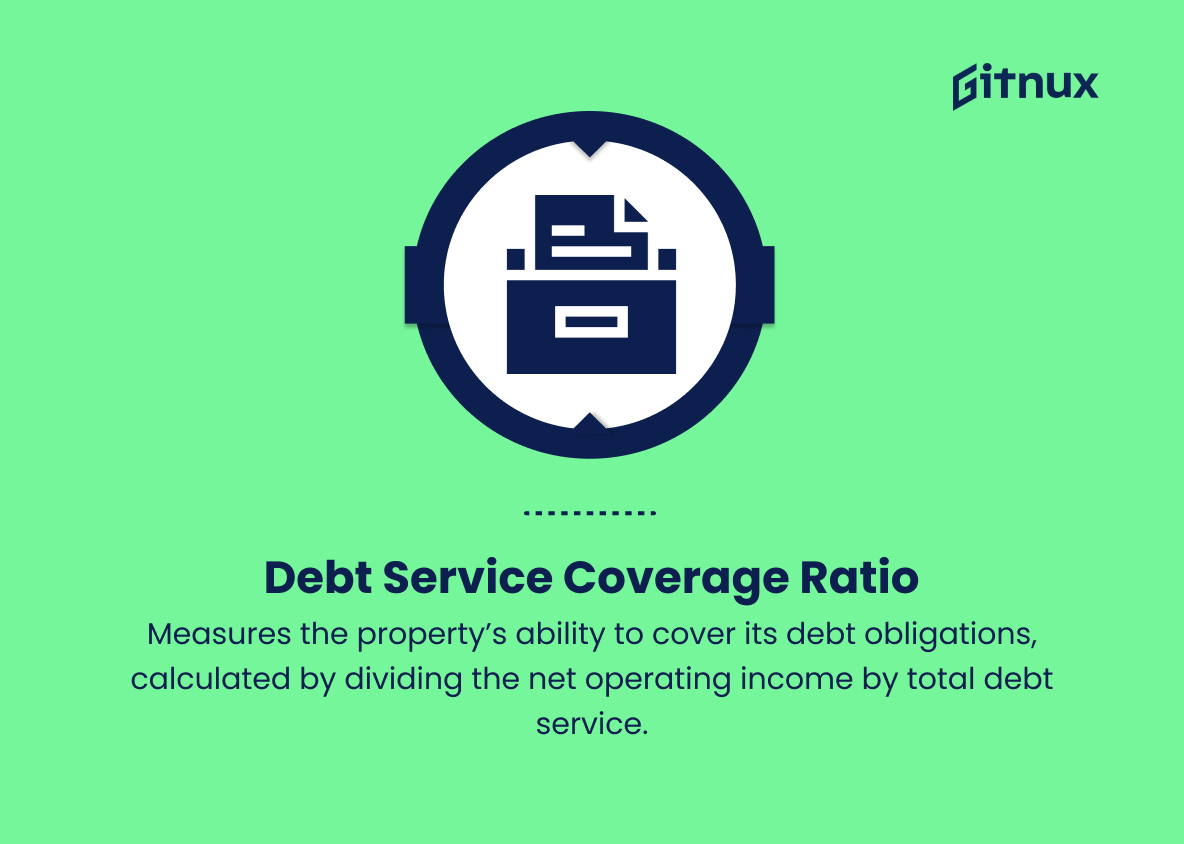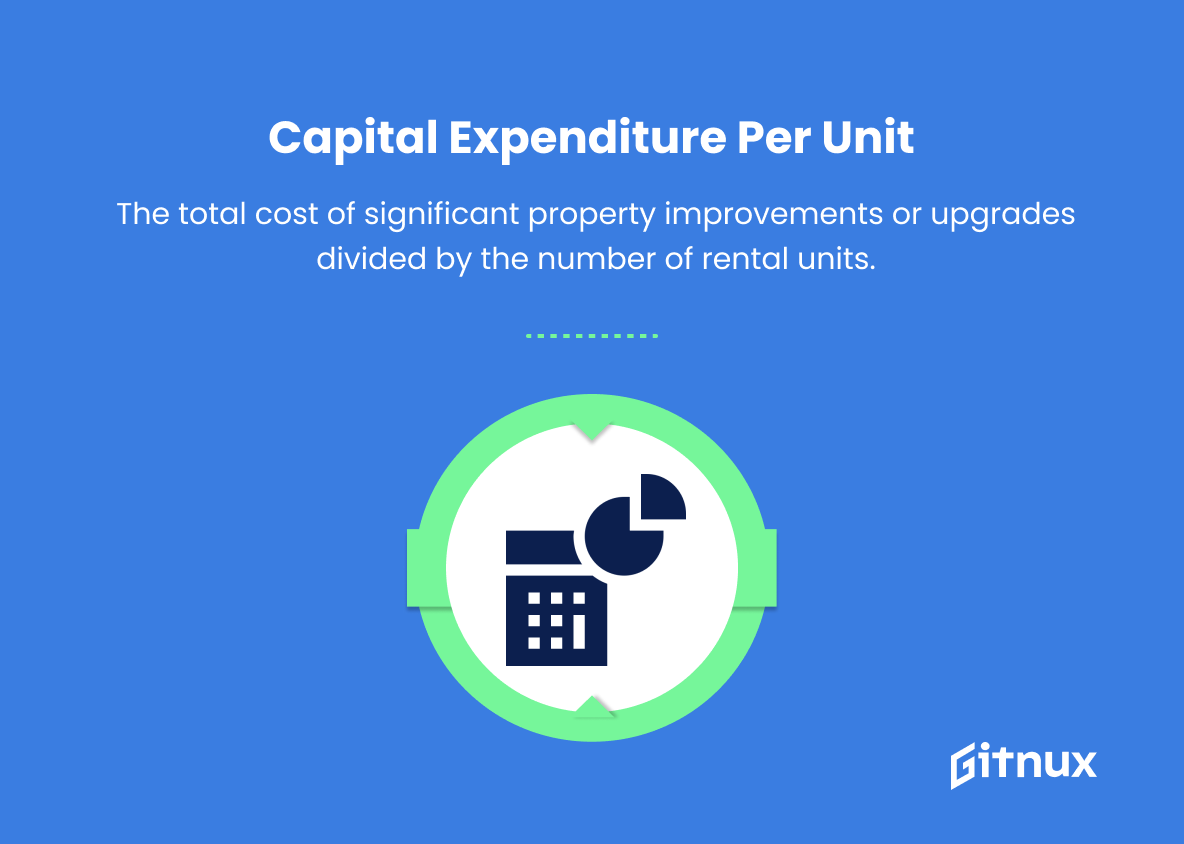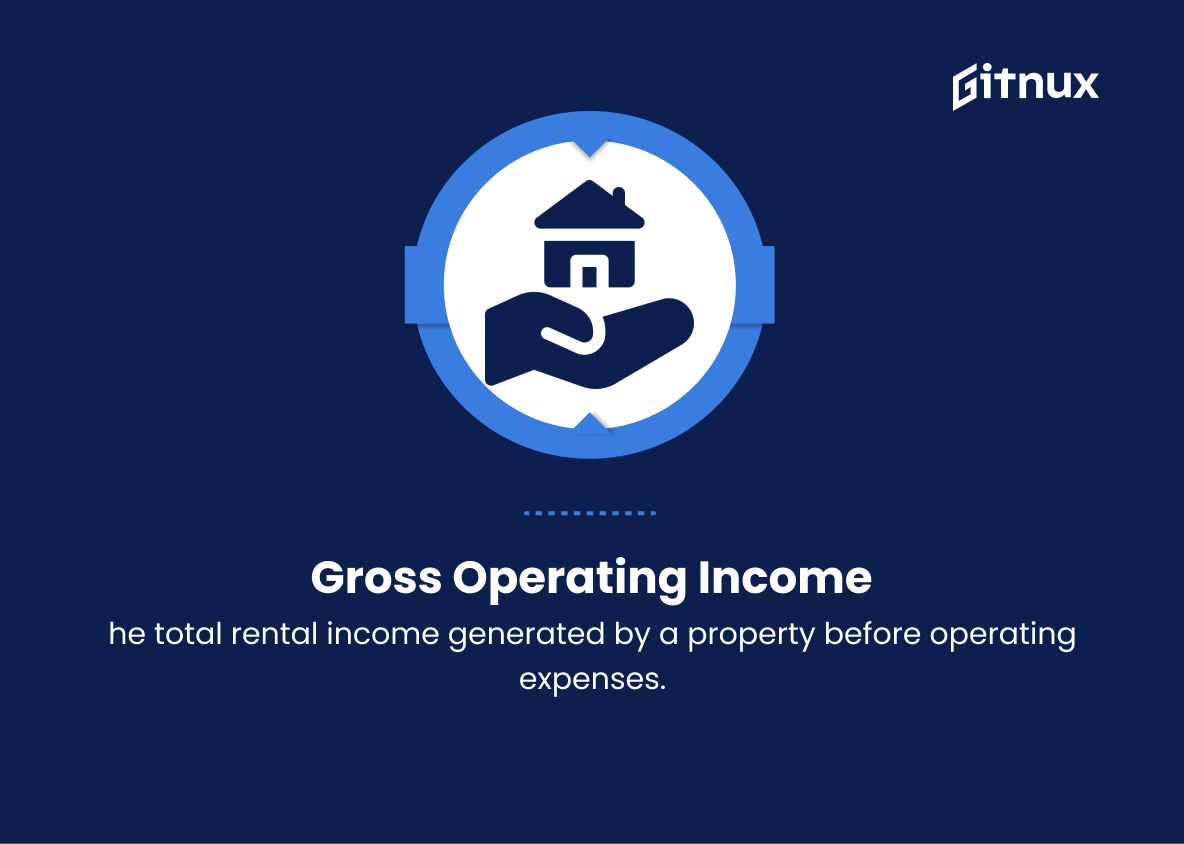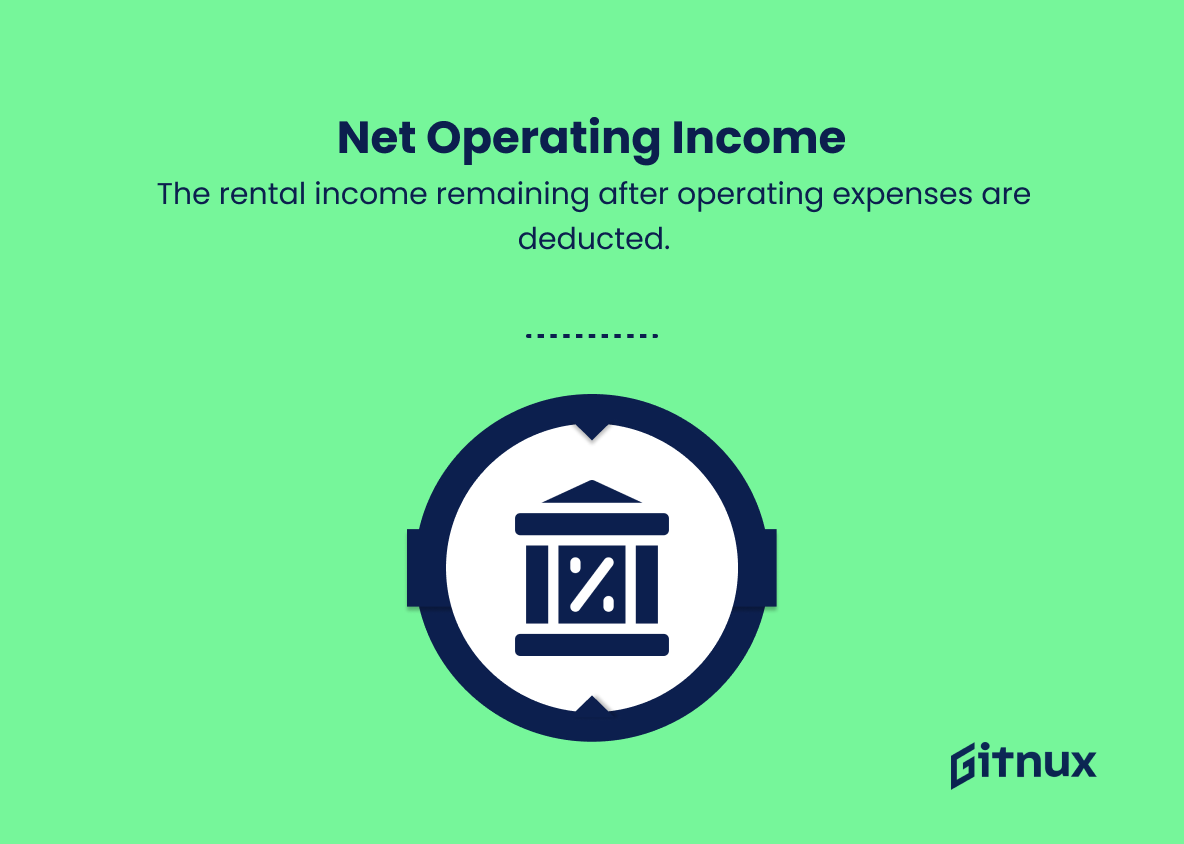In the highly competitive world of property management, staying ahead of the curve is crucial to achieving success and thriving in the industry. To do this, it’s essential for property managers to consistently measure, analyze, and optimize their business practices for maximum efficiency and growth. One of the most effective ways to evaluate performance and identify areas for improvement is through the use of Key Performance Indicators (KPIs).
In this insightful blog post, we will delve into the world of Property Management KPIs, discussing their importance, relevance, and practical applications in today’s dynamic market. With a firm grasp of these crucial metrics, property managers can make informed decisions, streamline their operations, and ultimately drive their businesses to new heights. So, let us embark on this journey together and unlock the transformative power of Property Management KPIs.
Property Management KPIs You Should Know
1. Occupancy rate
Measures the percentage of occupied units in a property or portfolio. A higher occupancy rate indicates a lower vacancy rate and greater demand for the property.
2. Tenant turnover rate
The rate at which tenants vacate a property, typically calculated on a yearly basis. A high turnover rate can imply dissatisfaction with property management or issues with the property itself.
3. Rent collection rate
The percentage of the total possible rent that is collected by the property manager. A high collection rate indicates an efficient rent collection process and tenant satisfaction.
In the highly competitive world of property management, staying ahead of the curve is crucial to achieving success and thriving in the industry.4. Average rent per square foot
Calculated by dividing the total rent collected by the total rentable square footage of a property. This metric helps assess the value of the property and determines how competitive it is in the market.
5. Tenant satisfaction rate
The percentage of tenants who report satisfaction with the property management team’s overall performance. High satisfaction rates contribute to tenant retention and positive word-of-mouth marketing.
6. Maintenance response time
The average time it takes for the property manager to address maintenance requests or issues raised by tenants. A quick response time indicates a well-managed and effective maintenance team.
7. Maintenance costs per unit
The total costs incurred for maintenance, repairs, and improvements divided by the number of rental units in a property. Lower maintenance costs per unit may suggest efficient management and effective capital expenditure decisions.
8. Lease renewal rate
The percentage of tenants who choose to renew their lease at the end of the lease term. A high lease renewal rate is indicative of satisfied tenants and a desirable property.
9. Rent growth rate
The percentage growth in rental income for a property or portfolio over a specific period. A positive rent growth rate demonstrates an ability to maintain and improve rental rates in line with market demand.
10. Days on market
The average number of days it takes to rent a vacant unit. A lower days on market signifies a desirable property and efficient marketing efforts.
11. Debt service coverage ratio (DSCR)
Measures the property’s ability to cover its debt obligations, calculated by dividing the net operating income by total debt service. A DSCR above 1 indicates the property is generating sufficient income to meet its debt obligations.
12. Capital expenditure (CAPEX) per unit
The total cost of significant property improvements or upgrades divided by the number of rental units. CAPEX can affect long-term property value and tenant satisfaction.
13. Gross operating income (GOI)
The total rental income generated by a property before operating expenses. Higher GOI indicates strong rental demand and effective property management strategies.
14. Net operating income (NOI)
The rental income remaining after operating expenses are deducted. A higher NOI suggests efficient cost management and strong demand for the property.
15. Operating expense ratio (OER)
The proportion of operating expenses to rental income, calculated by dividing operating expenses by gross operating income. A lower OER generally implies efficient property management and cost control.
Property Management KPIs Explained
Property Management KPIs are crucial in assessing the performance and effectiveness of property management teams and the properties they manage. Occupancy rate is a key indicator of property demand and success in maintaining high levels of tenant retention. Tenant turnover rate reflects tenant satisfaction and potential issues within the property, while rent collection rate is indicative of the efficiency of the rent collection process. Average rent per square foot provides insight into property value and market competitiveness.
Tenant satisfaction rate is directly linked to tenant retention and positive referrals, whereas maintenance response time and maintenance costs per unit shed light on the efficiency and effectiveness of property maintenance. Lease renewal rate, rent growth rate, and days on market are important metrics in understanding tenant satisfaction and property desirability. Debt service coverage ratio, capital expenditure per unit, gross operating income, and net operating income provide critical information on a property’s financial health and income-generating capabilities.
Lastly, operating expense ratio offers insight into the efficiency of property management and cost control efforts. Together, these key performance indicators serve as valuable tools to monitor, evaluate, and improve property management practices, ultimately enhancing the value and success of the properties under management.
To do this, it’s essential for property managers to consistently measure, analyze, and optimize their business practices for maximum efficiency and growth.Conclusion
In conclusion, understanding and utilizing Property Management KPIs is a cornerstone of success in the rapidly evolving real estate industry. By effectively monitoring these key performance indicators, property managers can make informed decisions, optimize their strategies, and achieve better outcomes for both their clients and their businesses.
It is essential that property managers select KPIs that are relevant to their specific business and continuously evaluate their performance. We hope that this blog post has provided valuable insights for both novice and experienced property managers, enabling them to take their business to new heights by harnessing the power of data-driven decision-making. Stay ahead of the curve and start implementing these Property Management KPIs today.
